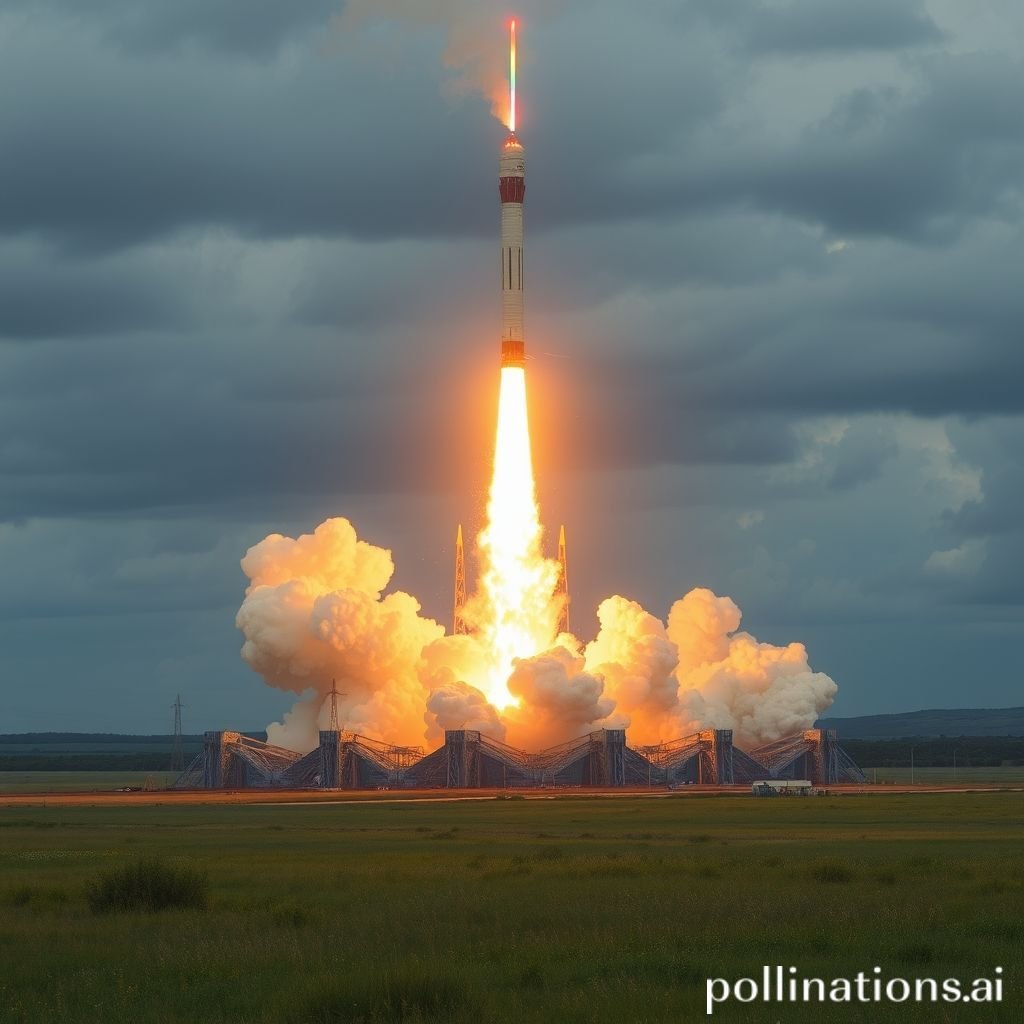Elemental Magic Beam Launch: Crafting Potent Spell Sounds Unleash the power of magic with elemental beam launch sound effects. Master the art of creating impactful energy attacks & powerful spells for games & media. Discover expert sound design.
The world of magic, whether in blockbuster films, immersive video games, or captivating animations, relies heavily on compelling audio to truly come alive. An "Elemental Beam Launch" sound effect is not merely a generic whoosh; it is the sonic embodiment of raw, focused energy being unleashed. It communicates power, intent, and the elemental nature of a magical attack, transforming a visual spectacle into an unforgettable sensory experience. From the subtle hum of a charging spell to the explosive launch of a devastating beam of energy, sound designers weave intricate audio tapestries that define the very fabric of fictional worlds. This article delves into the critical role of sound design for these powerful magic attacks, offering insights into their applications, technical characteristics, production techniques, and creative implementation.
Applications in Media
The "Elemental Beam Launch" sound effect is a cornerstone in countless forms of digital media, serving as a vital narrative and gameplay element. Its presence signifies moments of dramatic action, from a heroic protagonist casting a protective spell to a formidable boss unleashing a cataclysmic magic attack. Without a convincing magic sound, even the most stunning visual effect can fall flat, failing to convey the immense power and danger associated with such abilities.
Industry-Specific Uses
In video games, a distinct "Elemental Beam Launch" sound provides crucial feedback to players, indicating when an opponent is charging an attack, the precise moment a beam is fired, and the type of energy being projected (e.g., fire, ice, lightning magic). This sonic cue is essential for gameplay mechanics, allowing players to react, dodge, or prepare for impact. In film and television, these magic effects enhance the cinematic spectacle, punctuating key action sequences and deepening audience immersion. They contribute to world-building, establishing the unique characteristics of different magic systems. For virtual reality (VR) and augmented reality (AR), precise spatialization of magic launch sounds is paramount, grounding the user in the digital environment and making the energy attacks feel tangible and directional. The effective use of magic sound design transcends mere aesthetic appeal; it is a functional component of storytelling and interactive design.
Creative Techniques
Beyond basic functionality, sound designers employ various creative techniques to imbue "Elemental Beam Launch" sounds with unique character. This involves designing specific sonic signatures for different elemental types of magic – a crackling, sizzling sound for fire, a shimmering, icy whisper for frost, or a deep, resonating hum for earth magic. The launch itself can be emphasized with a sharp transient, followed by a sustained energy whoosh. Varying the attack, sustain, and decay of the beam allows for dynamic storytelling, indicating whether the magic is a quick burst or a sustained stream. Using pitch shifts, filters, and modulation can further differentiate magic spells, conveying an escalating sense of power or a specific emotional tone. This artistic application transforms a simple energy release into an expressive piece of sonic art.
Technical Analysis
Understanding the technical components of an "Elemental Beam Launch" sound is crucial for its effective creation and manipulation. This involves dissecting the sound into its core waveform and frequency characteristics, allowing for precise control and layering.
Waveform Characteristics
An effective "Elemental Beam Launch" sound typically comprises several distinct phases within its waveform:
- Charge-up (Pre-Launch): Often a low-frequency hum, a rising pitch, or a building intensity that precedes the main launch. This phase builds tension and anticipation for the magic.
- Launch Transient: A sharp, immediate peak in the waveform, marking the exact moment the energy beam is fired. This is usually a punchy, short burst of sound that cuts through the mix.
- Beam Sustain/Travel: A sustained element that represents the energy beam as it travels. This can be a continuous whoosh, a modulated tone, or a complex texture that gives the magic its sense of motion and power.
- Decay/Release: As the beam dissipates or impacts, the sound fades out or transitions into an impact sound. This might involve a spectral trail or a reverse reverb effect. The interplay of these phases, particularly the clear definition of the launch transient, is what gives the sound its impact and clarity in a dense mix. Crafting these precise wave shapes is fundamental to potent magic audio.
Frequency Profile
The frequency profile of an "Elemental Beam Launch" sound is critical for its perceived power and elemental identity.
- Low Frequencies (20Hz - 250Hz): Provide the foundation and power. A deep rumble or sub-bass element can convey immense energy and weight, making the magic feel grounded and impactful. This is particularly effective for earth or gravity magic.
- Mid Frequencies (250Hz - 4kHz): Define the core character and presence of the beam. The main "whoosh" or "charge" elements often reside here. Clear, well-defined mids ensure the launch cuts through music and other sound effects without being muddy. This range carries the distinctive "voice" of the magic.
- High Frequencies (4kHz - 20kHz): Add sparkle, sizzle, and air, contributing to the feeling of raw energy and speed. High-frequency elements can denote electricity, shimmering magic, or the cutting edge of an energy blade. Too much can be harsh; too little makes the sound dull. Balancing these frequencies ensures a rich, full-bodied magic sound that has both weight and clarity.
Production Tips
Creating high-quality "Elemental Beam Launch" sound effects involves a blend of creative synthesis, careful recording, and meticulous editing. The goal is to craft sounds that are not only powerful but also versatile and unique.
Recording/Editing
While many magic beam sounds are synthesized, practical recordings (foley) can add organic texture and realism. Consider recording whooshes with flexible objects like bamboo poles or thin pieces of metal, then processing them heavily. Capturing electrical arcing for lightning magic, or pouring water for liquid energy spells, can provide excellent source material. Once recorded, meticulous editing is key. This includes precise trimming of transients, careful crossfades, and noise reduction. Pitch shifting can dramatically alter the perceived size and speed of the energy. Reversing portions of a sound can create unique charging effects. Layering these processed recordings with synthesized elements can achieve a complex and original magic sound.
Software Tools
A professional Digital Audio Workstation (DAW) like Pro Tools, Reaper, or Logic Pro is essential for editing and mixing. For synthesis, soft synths like Serum, Massive, or Absynth are excellent for crafting unique energy textures and evolving pads that can form the basis of a magic spell. Spectral manipulation tools (e.g., iZotope RX for cleanup, or specialist plugins for spectral synthesis) can carve out distinct tonal qualities for the beam. Effect plugins are vital:
- Reverb: To give the launch a sense of space and power.
- Delay: For rhythmic trails or reinforcing the energy flow.
- Distortion/Saturation: To add grit, harmonics, and perceived aggression to the magic energy.
- EQ & Compression: For shaping the frequency profile and controlling dynamics. Leveraging resources like Pro Sound Effects can also provide high-quality starting points or complete sound libraries for your magic projects.
Creative Implementation
Beyond simply creating a sound, its effective implementation in a larger audio landscape is what truly makes a "Elemental Beam Launch" effect shine. This involves thoughtful layering and spatial positioning.
Layering Methods
Layering is paramount for creating rich, complex "Elemental Beam Launch" sounds. A typical magic beam might consist of:
- Core Tone: A synthesized, sustained tone representing the primary energy type (e.g., a pure sine wave for a laser, a modulated saw wave for fire).
- Whoosh/Movement: A swishy element that gives the beam its sense of motion and speed.
- Impact/Sparkle: High-frequency elements like crackles, sizzles, or chimes that add character and signify the raw magic being unleashed.
- Sub-Layer: A low-end rumble or bass drop that provides weight and power to the launch. By carefully balancing the levels and EQ of each layer, sound designers can create a coherent and powerful magic sound that evolves over its duration. This technique allows for immense customization and ensures each spell feels unique.
Spatial Effects
Spatialization is crucial for grounding the "Elemental Beam Launch" sound in the game or media environment. Panning, reverb, and delay can be used to simulate distance and direction. For a beam traveling from a character, a quick pan from the character's position outwards can enhance realism. Doppler effects (pitch shifting as a sound source passes) can further emphasize the speed and trajectory of a fast-moving energy projectile. Using convolutional reverb can place the magic launch within a specific acoustic space – a cavern, an open field, or a futuristic laboratory. For immersive experiences like VR, HRTF (Head-Related Transfer Function) processing can make the beam truly feel like it's whizzing past the user's head, elevating the sense of interactive magic.
Sound Pack Integration
High-quality "Elemental Beam Launch" sound effects are often part of larger, curated sound packs designed to provide comprehensive audio solutions for specific genres or themes.
Using with Other Sounds
When using an "Elemental Beam Launch" effect from a sound pack, consider how it complements other sounds within the same collection. For instance, a "charge-up" sound can seamlessly precede the launch, and a distinct "impact" or "explosion" sound can follow the beam's termination. Many sound packs are designed with these natural progressions in mind, ensuring sonic consistency. Combining this specific magic launch with accompanying sounds of charging energy, the whoosh of a spell's travel, and the eventual impact creates a full, satisfying audio sequence. These curated collections often ensure that the distinct tonal qualities and energy of each magic element are maintained across all related sound effects. For a wider array of options, consider exploring Related magic sounds from various sound effect categories.
Complete Collection
For sound designers seeking a robust library of elemental magic and energy launch effects, investing in a complete sound pack is often the most efficient solution. These comprehensive collections typically include variations in power, elemental type, and duration, providing flexibility for diverse creative needs. They streamline the workflow by offering pre-mastered, ready-to-use assets that maintain sonic cohesion. Get the full sound pack for comprehensive audio solutions, ensuring you have every sonic nuance to bring your fantastical worlds and powerful magic to life.

FAQ
Q1: What defines a good "Elemental Beam Launch" magic sound effect? A1: A good magic beam launch sound has a clear transient, a distinct character for its energy type (e.g., fire, ice), a sense of power, and an appropriate decay or sustain. It should also be balanced in its frequency profile to cut through a mix effectively.
Q2: Can I create unique "magic" spell sounds without professional equipment? A2: While professional equipment helps, many compelling magic spell sounds can be synthesized using software tools. Experimenting with virtual synthesizers, processing everyday recordings, and layering can yield surprisingly unique energy effects.
Q3: How do I make my "energy" beam launch sound more powerful? A3: To enhance power, focus on the low-end frequencies, add subtle distortion or saturation, and ensure a sharp, impactful transient at the moment of launch. Layering a sub-bass element can give the magic a more profound impact.
Q4: What's the difference between a "beam" and a "projectile" magic sound? A4: A "beam" magic sound typically implies a continuous or sustained stream of energy, often with a constant tone or whoosh. A "projectile" launch suggests a discrete object with a more defined travel sound and often a distinct impact at the end of its trajectory.
Q5: How can I ensure my "magic" sound effects fit well in a game's audio mix? A5: Proper EQ to carve out frequency space, compression to control dynamics, and careful volume balancing are crucial. Ensuring your magic launch has distinct characteristics from other sounds prevents it from getting lost or clashing in the overall mix.





